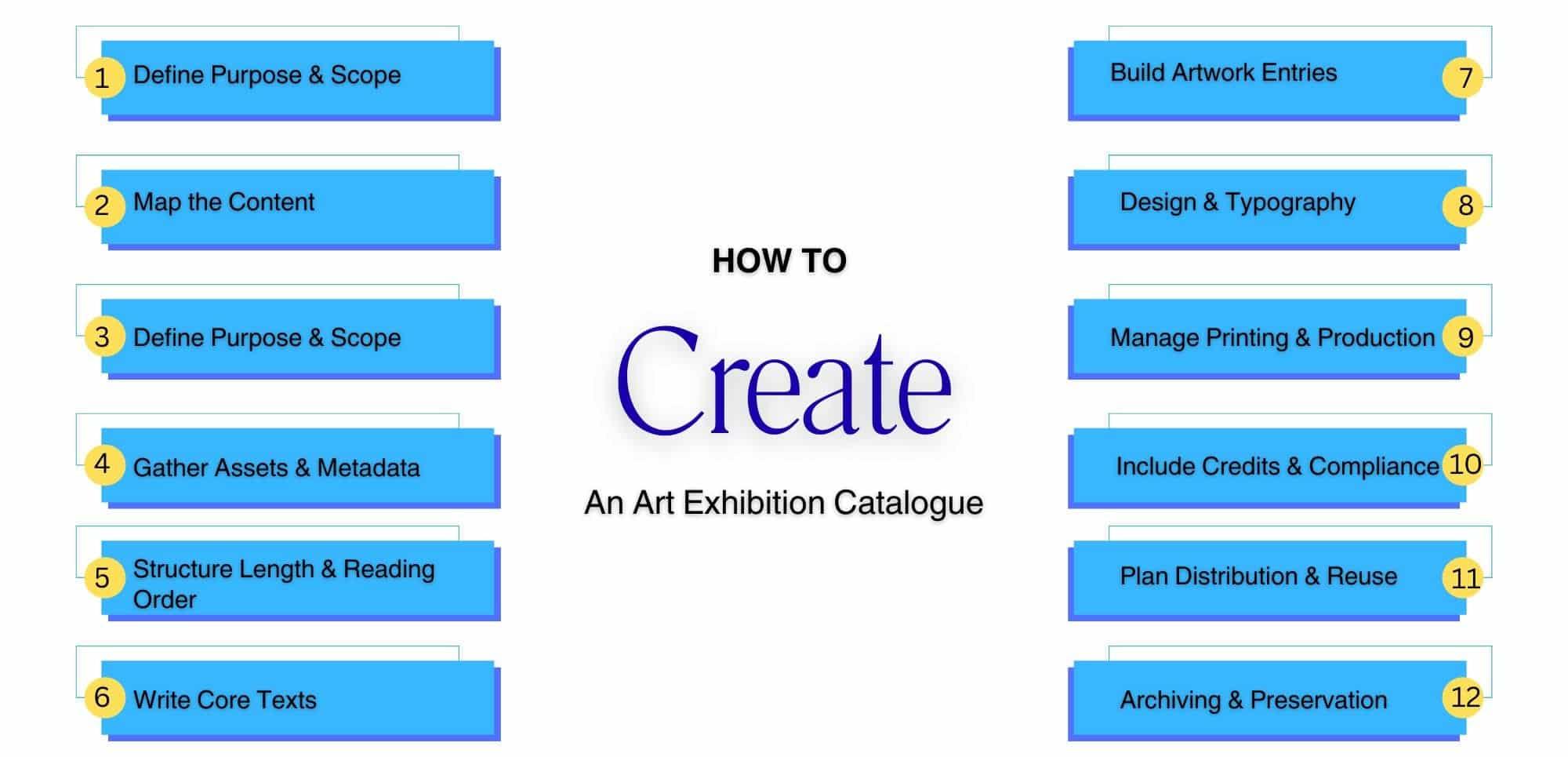Online Learning Experiences: Real student Perspectives That Matter
The digital transformation in education has created new pathways for students, educators, and institutions alike. Online learning experiences have revolutionized the ways in which knowledge is delivered and received. But what truly makes e-learning effective? To answer this, we delve into real student perspectives to uncover the challenges, triumphs, and practical strategies that matter most in virtual classrooms.
Why Student Perspectives on Online learning Matter
While the technology powering online education continues to evolve,student experiences remain at the heart of successful digital classrooms. Understanding what real students think about remote learning—what works, what doesn’t, and what motivates them—is critical for educators, tech developers, and fellow learners. These insights can shape more engaging, supportive, and effective online courses that cater to diverse needs.
- Authentic feedback: Real-life experiences provide meaningful and actionable feedback for enhancement.
- Community building: Sharing perspectives creates a sense of belonging, essential for motivation and retention.
- Course refinement: Insights drive curriculum changes, making online courses more responsive to student needs.
Key Benefits of Online Learning: From the Student’s Point of View
Online education comes with distinct advantages. Hear’s what students consistently praise:
1. Flexible Scheduling and Self-Paced learning
Many students appreciate being able to learn at thier own pace, fitting lessons around work, family, and other responsibilities. Choose when and where to study; this autonomy leads to better time management skills and reduces stress.
2. Access to Diverse Resources
From recorded lectures and interactive forums to digital libraries, online learners enjoy a wealth of tools. The ability to revisit content or interface with global experts enriches the education experience.
3.Enhanced Digital Literacy
Engaging in online education cultivates technical skills, familiarizing students with software, collaboration apps, and digital research—essential in today’s workplace.
4. Opportunity for Global Connectivity
Students interact with peers across the world, gaining new perspectives and building invaluable connections for future careers.
5. Safe and Personalized Learning Environments
Students with unique learning challenges, social anxieties, or special requirements often flourish in virtual settings, where customization of learning paths is the norm.
practical Tips for Thriving in Online Learning Environments
Through firsthand student feedback, several strategies emerge that support academic success in remote learning:
- develop a routine: Consistency boosts productivity and knowledge retention.Set aside dedicated time for lessons and assignments.
- Use digital tools: Apps like Notion, Trello, or Google Calendar help students stay organized and on track.
- Engage in forums: Participating in discussions not only clarifies concepts but also combats feelings of isolation.
- Ask for help: Reach out to instructors or peer groups when confusion arises—don’t wait untill it’s too late.
- Eliminate distractions: Designate a study space, use browser blockers, and silence notifications during study periods.
Case Studies: Real Student Online learning Experiences
case Study 1: Balancing work and School—A Single Parent’s Journey
Mary, a working mother of two, enrolled in an online business degree program. She shares:
“Online classes gave me the flexibility I needed. I logged in after my kids went to bed or during lunch breaks at work. the recorded lectures and responsive online forums kept me motivated—I could always get feedback on my assignments, even late at night.”
Mary’s story underscores how asynchronous content and peer support can make education accessible for busy adults.
Case Study 2: Overcoming Social Anxiety with Virtual Classrooms
james, a psychology major, struggled with speaking out in campus classrooms. He found online forums more pleasant:
“It was easier to post my ideas in chat or on message boards, knowing I could take time to think before responding. Group projects online helped me collaborate without anxiety.”
This user-pleasant environment enabled James to contribute more meaningfully and build confidence in academic discussions.
Case Study 3: Building a Global Network
anjali, an international student pursuing IT certifications remotely, described her experience:
“I attend webinars with students from Asia, Europe, and North america. The exposure to different cultures and viewpoints expanded my knowledge and gave me contacts for future internships.”
Online education’s global reach offers opportunities for cultural exchange and wider professional networks.
Student Challenges in Online Learning—and How to Overcome Them
Despite numerous advantages, students report several key challenges in virtual classrooms:
Isolation and Lack of Motivation
The absence of in-person interactions can lead to loneliness and disengagement. Students advise actively joining study groups, attending virtual meetups, and using social media to stay connected.
Technical difficulties
Unstable internet, unfamiliar platforms, or malfunctioning hardware can disrupt learning. Regular system checks, learning platform tutorials, and seeking institutional IT support help minimize disruptions.
Time Management Issues
Without physical class schedules, some students struggle to keep up. Creating and sticking to a study calendar—and leveraging reminders—can dramatically improve performance.
Details Overload
With so many resources available online, prioritization is key. Students recommend focusing on instructor-curated materials, summarizing notes, and scheduling regular reviews.
Online Learning Best Practices: What Successful Students Recommend
- Interact often: Don’t lurk—participate in forums, chats, or video calls regularly.
- Be proactive: Read ahead and clarify doubts quickly.
- Set attainable goals: Break big tasks into smaller, manageable actions.
- Seek feedback: regularly request input from instructors and peers to track your progress.
- take breaks: Avoid burnout by scheduling short walks and screen-free moments.
Conclusion: The Impact of Student Perspectives on the Future of Online Learning
The evolution of online learning experiences—shaped by real student perspectives—shows that education is no longer constrained by location, schedule, or traditional norms. The voices of learners illuminate what truly matters: flexibility, accessibility, and a supportive digital community. By understanding and addressing these firsthand experiences, educators and institutions can continue to refine online courses, making virtual education not just an choice, but the preferred choice for many.
Ready to explore your own online learning journey? Engage with your community,leverage the tools available,and remember: your feedback shapes the future of education for everyone.

